Among the first things you think of when your eyes feel dry and itchy are eye drops. They are also a common short-term treatment for red and irritated eyes. However, like all things, too much of it may not be good for you. Excessive use of eye drops over an extended period can potentially worsen certain eye conditions.
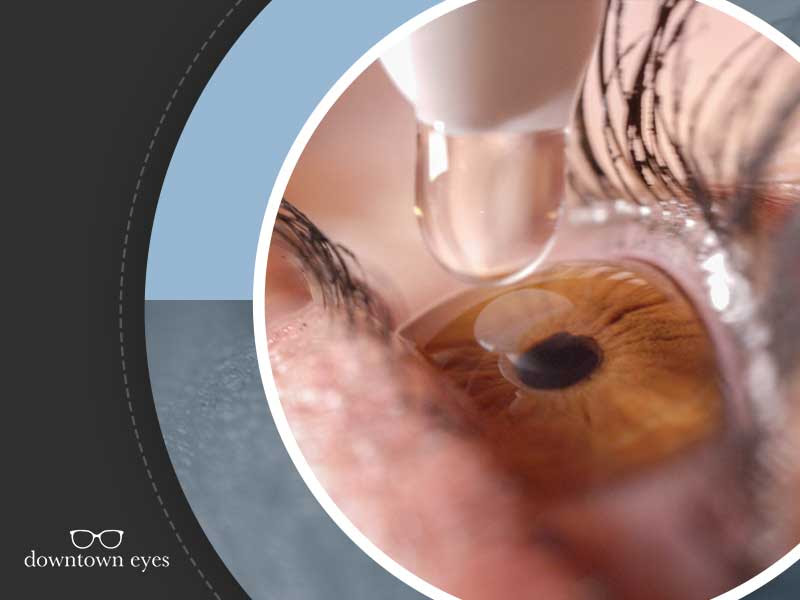
A local optician explains what can happen when you use eye drops too much and whether you can become dependent on them.
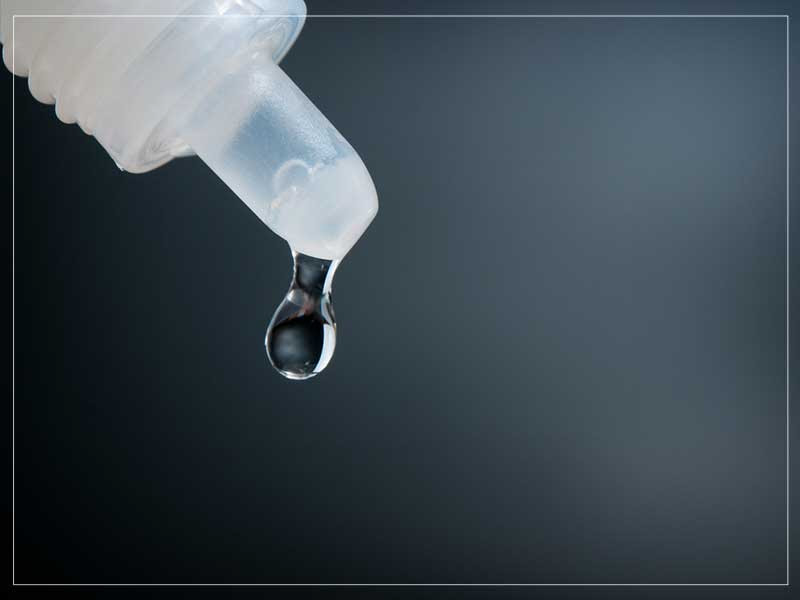
What Happens When You Use Too Much Eye Drops?
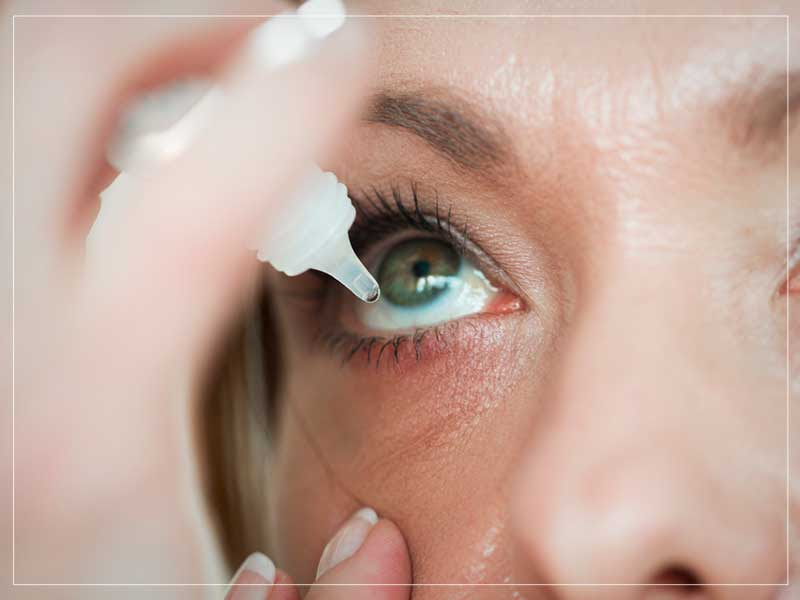
Allergy Eye Drops
These eye drops contain antihistamines and decongestants. They are prescribed to individuals with ocular allergy symptoms, such as watery eyes, itching, puffiness, and redness. The decongestants give relief to red and puffy eyes, while the antihistamines fight histamine that causes the eyes to water and become itchy. If you use these eye drops too much, your eyes may get dry, red, and irritated. You may end up experiencing more allergy symptoms, which can lead your eyes to become dependent on the eye drops.
Whitening Eye Drops
Many over-the-counter whitening or decongestant eye drops contain vasoconstrictors like naphazoline and tetrahydrozoline. These eye drops inhibit blood flow to the sclera’s outer blood vessels or the white part of the eye and the conjunctiva. As a result, the eyes appear less red. However, every time you use these eye drops, the blood vessels narrow, reducing blood flow and keeps oxygen and nutrients from reaching the sclera.
Once you stop using these eye drops, you may experience eye rebounding. After discontinuing the extended use of these eye drops, the blood vessels in the sclera may get larger and redder as they attempt to bring oxygen and nutrients to the eyes. A lot of people who want to keep their eyes looking white are dependent on these eye drops.
Lubricating Eye Drops
Eye conditions, such as glaucoma, eye infections, and dry eye syndrome, can cause eye dryness and irritation. Over-the-counter eye drops can give temporary relief to eye dryness. They have salts, water, polymers, and other ingredients that resemble natural tears. Keep in mind that using these eye drops too much wash away your eyes’ natural tears. It can also lead to dependence on eye drops to keep eyes moisturized and comfortable.
Conditions That Eye Drops Could Be Hiding
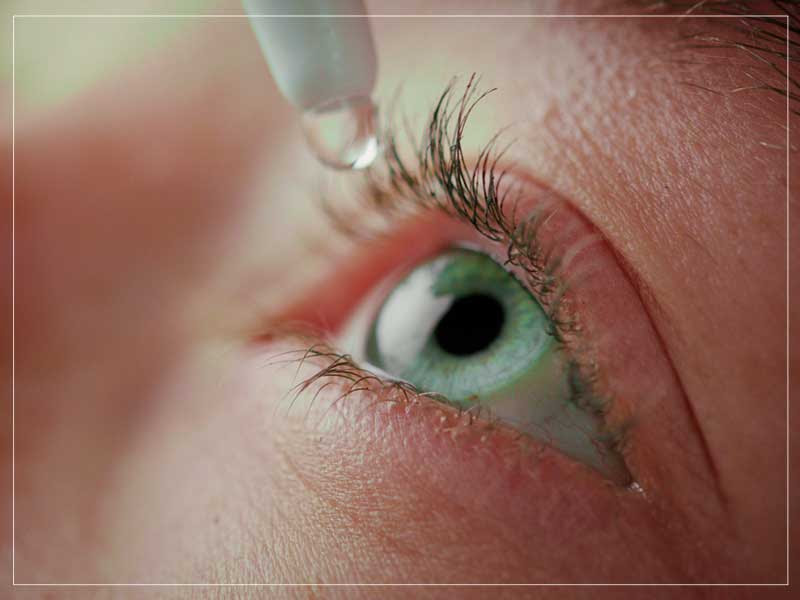
Eye Strain
You may experience eye strain if your eyes get tired from visually demanding activities, such as looking at digital screens and driving long distances. It can also be caused by exposure to glare, stress, and underlying eye issues or uncorrected vision. Some of the most common symptoms of eye strain include headaches, burning or itching eyes, dry or watery eyes, and increased light sensitivity.
Others may also feel soreness on the neck, shoulders, and back, difficulty concentrating, and blurred or double vision. This eye condition is not usually serious, and the discomfort fades once your eyes have rested. Over-the-counter (OTC) artificial tears can give relief from dry eyes and keep your eyes moisturized. However, it isn’t recommended to use eye drops with preservatives more than four times per day.
Instead of immediately reaching for eye drops, it’s best to get an eye examination first if eye strain symptoms persist. It could be that you need to wear eyeglasses to correct your vision or eyewear that’s more suitable for your activity or computer use. Taking regular breaks while working on your computer may also give relief from eye strain.

Pink Eye
Conjunctivitis or pink eye refers to the infection of the conjunctiva or the transparent membrane lining your eyelid and covering the white part of the eye. The small blood vessels in the conjunctiva become more visible when their small blood vessels are inflamed. As a result, the infected eye looks pink or reddish.
Bacterial or viral infection and an allergic reaction are among the most common causes of this eye condition. It is characterized by redness, itchiness, and a gritty sensation in one or both eyes. Sufferers may also notice a discharge in one or both eyes, which can turn crusty overnight, making it difficult to open your eyes in the morning. While conjunctivitis can cause discomfort, it does not usually affect your vision. It can be contagious, making early detection and treatment essential.
After an eye exam, your eye care specialist may recommend using OTC artificial tears. Contact lens wearers may be asked to stop wearing contacts until their eyes have healed. Most times, antibiotic eye drops are not necessary. If you have allergic conjunctivitis, your eye doctor may prescribe eye drops for allergies. Make sure to ask your eye doctor first before using any eye drops.
Blepharitis
Blepharitis or eyelid inflammation usually affects both eyes along the eyelids’ edges. It usually develops due to the clogging of tiny oil glands near the base of the eyelashes, which can cause redness and irritation. Different diseases and conditions can cause blepharitis. Some of the most usual causes of this eye condition are infection, clogged eyelid oil glands, eyelash mites, dry eyes, allergies, seborrheic dermatitis, and eyelash mites or lice.
This eye condition can look unsightly and give discomfort, but it does not typically result in permanent vision loss. It may not be contagious, but it can be challenging to treat. The most common symptoms of blepharitis are water, red, and red eyes, itchy and swollen eyelids, crusted eyelashes, and a gritting or burning sensation in the eyes. It can cause skin flaking around the eyes, eyelid sticking, light sensitivity, and more frequent blinking.
It’s recommended to see your eye doctor if you have blepharitis symptoms that do not improve despite good hygiene and regular cleaning of the affected area. Your eye doctor may check your eyes using a magnifying instrument and swab your skin for testing. If you have blepharitis, you may be prescribed infection medications, such as antibiotic eye drops, creams, and ointments. Once you have blepharitis, it rarely goes away completely. You may need to use eyelid scrubs daily even after treatment.
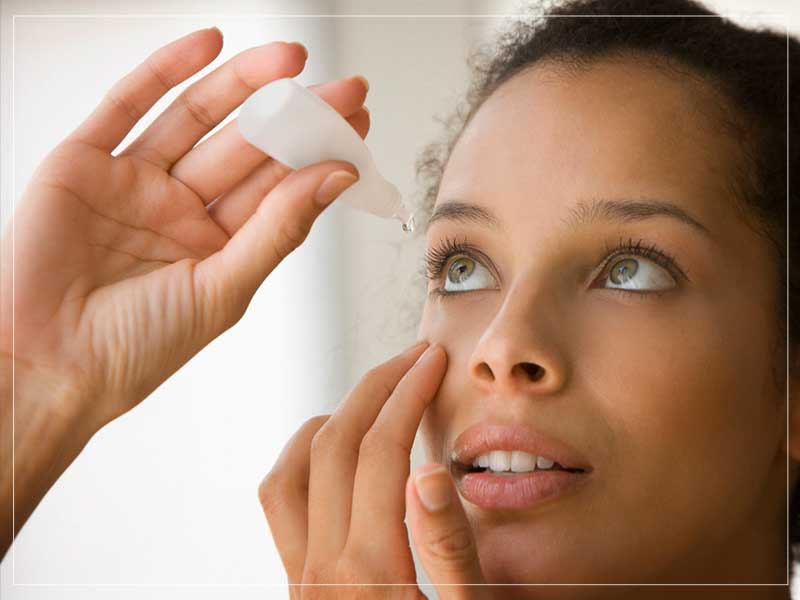
Serious Allergies
Pollen, dust mites, pet dander, mold, makeup and perfume are among the most typical things that trigger allergies. If you have allergies, your body releases histamine or a chemical that causes inflammation and swelling. As a result, your eyes’ blood vessels may swell. Your eyes may also get itchy, teary, and red.
Consulting an allergist or removing items that may be causing your allergies one at a time can help you determine what’s causing your discomfort. OTC eye drops may give temporary relief. There are also prescription eye drops for allergies that only kick in when taken before you get symptoms. While they take more time to work than antihistamine eye drops, their effects last longer. If severe eye pain or vision loss occurs, contact your eye doctor immediately.
Foreign Objects
Dust, an eyelash, sand, dirt and other foreign objects in your eyes can cause discomfort. Foreign objects are more likely to affect your cornea and conjunctiva. They may also be what’s causing you to get dry or itchy eyes. If you have them in your eye, you may experience excessive blinking, a feeling that something is in your eye, eye pain, excessive tearing and blinking, and eye redness.
You’ll need emergency treatment if the foreign object is causing bleeding, large enough to keep your eyes from closing, and embedded in the eye. It’s the same if the object has sharp or rough edges or contains chemicals.
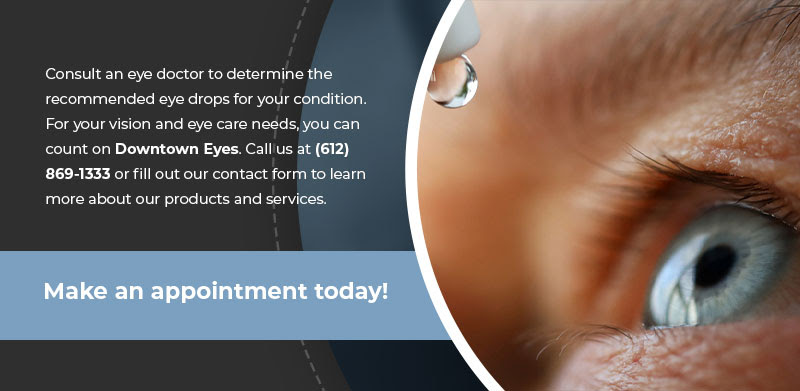

Leave a Reply